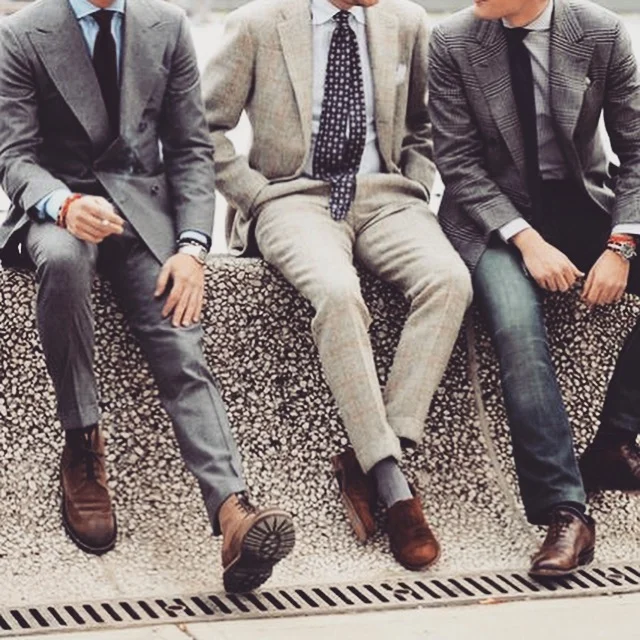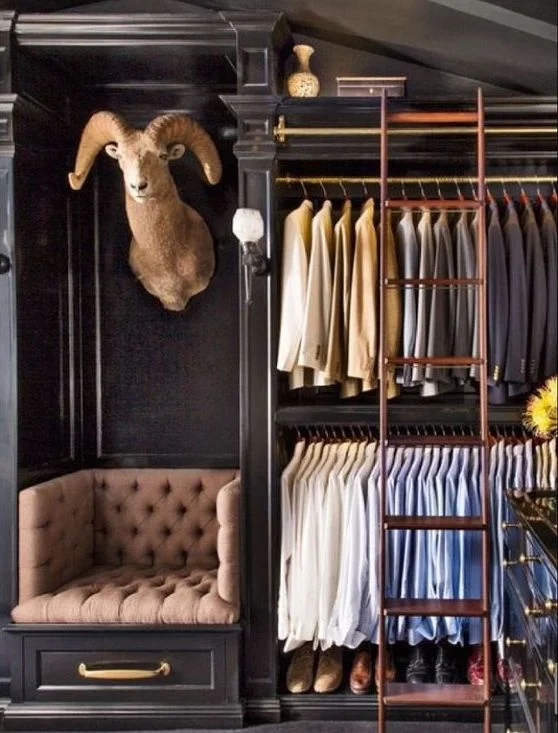Where the casual style starts?
Casual style was invented in America,
As far as the “when” of our turn to casual, there are major milestones that marked the path.
First, the introduction of sportswear into the American wardrobe in the late 1910s and early 1920s redefined when and where certain clothes could be worn. The tweed, belted Norfolk suits (complete with knickers and two-tone brogues) of the Jazz Age seem so formal to someone “flip-flops-can-be-worn-everyday” mentality, but these garments were truly revolutionary in their time. The mass acceptance of sportswear coincided with the consolidation of the American fashion industry, which had previously been disjointed and highly inefficient. By the end of the 1920s, centralized firms produced designs, worked with manufacturers across the country, and marketed specific kinds of garments to specific demographics.
At all-male Dartmouth College in May 1930, the editors of the student paper challenged their readers to “bring forth your treasured possession—be it tailored to fit or old flannels delegged” so that the men could “lounge forth to the supreme pleasure of complete leg freedom.” The students listened. The Shorts Protest of 1930 brought out more than 600 students in old basketball uniforms, tweed walking shorts, and newly minted cutoffs, and introduced shorts into the American man’s wardrobe. Source
The Ivy League colleges brought classic sportswear into popular fashion with cardigans, sport jackets, chinos and penny loafers. "You can wear it if you're 20 and you can wear it until you're 70," says Tony Nourmand. By the 1950’s, one of Truman Capote’s swans, the columnist and socialite and newspaper columnist C.Z. Guest, and friend of Truman Capote, entertained wearing cashmere sweaters, and sharp-dressing Hollywood stars like Cary Grant, Gary Cooper, Sidney Poitier and Steve McQueen made the “Ivy League” look known across the world.
Casual style became profitable for American fashion and was promoted by many American brands. It spread throughout the world during the period just after World War II,
The 70’s and the 80’s were all about excess and glamour when it came to fashion. By the 90’s, however, most if not all of that influence was gone, replaced instead with an era of casual, relaxed clothing in simpler colors and cuts. Leather jackets, knit sweaters, flannel button-downs, bowling-inspired button-downs, baggy denim jeans, overalls, baseball caps, jorts (jean shorts), manpris (man + capris… not quite shorts, not quite pants), parachute pants, sporty sneakers, and graphic t-shirts were 90’s staples. Oh, and saggy boxer-baring pants were also big in the 90’s… where they should stay.
Today it is difficult for a young man to know how he should present himself to the world. and this makes it all the harder for him to successfully move into manhood. The idea of being a gentleman has become difficult for men to attain, because there are so few men who demonstrate that ideal. It is an unfortunate trend in clothing for men, and it seems that it has not been helpful to society.
















